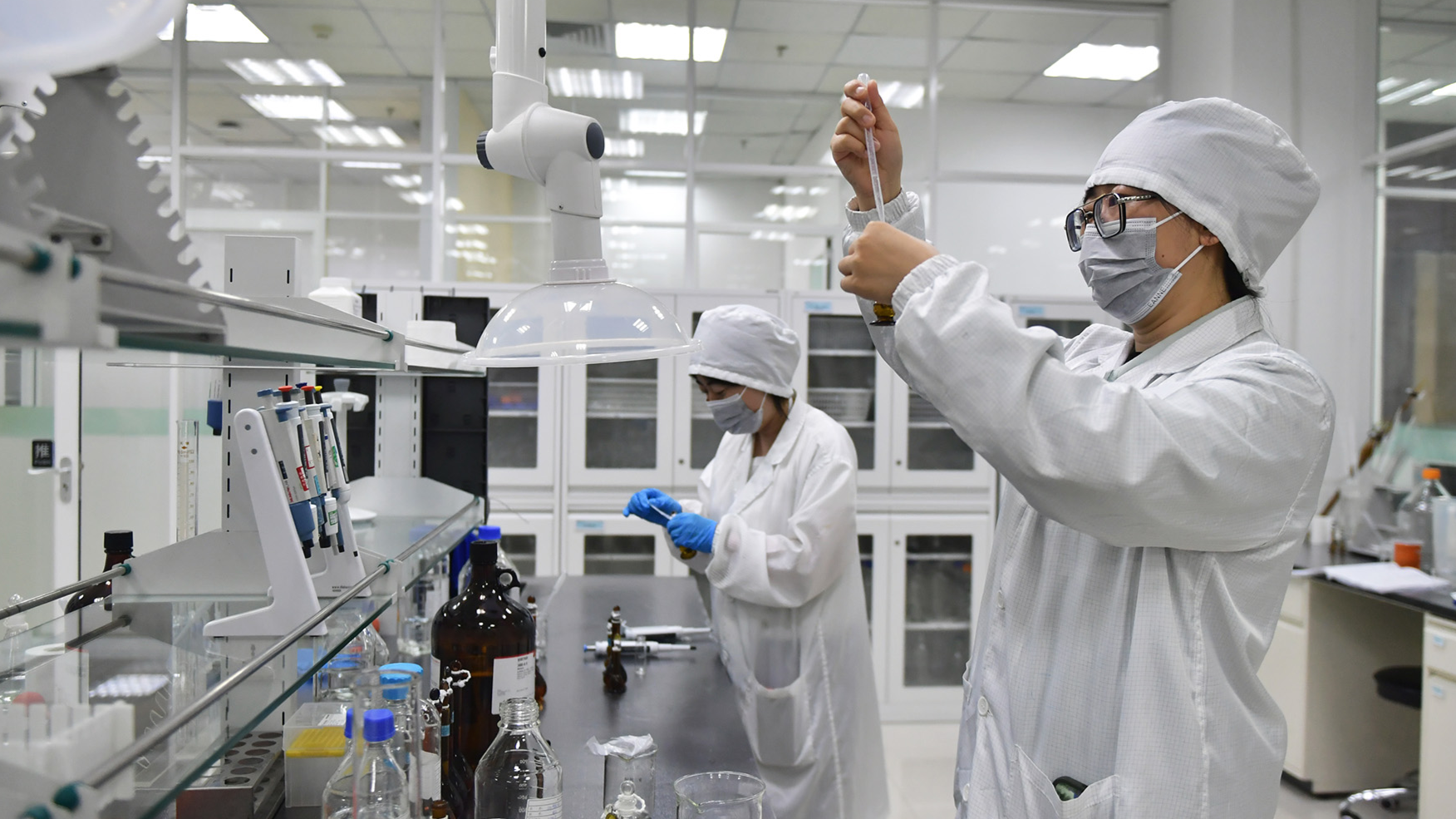
The National Healthcare Security Administration on Saturday released the rules for the 11th round of its national drug centralized procurement program, focusing on ensuring clinical supply, guaranteeing drug quality and countering market involution.
Launched in 2018, the national bulk-buy program aims to reduce the financial burden on patients by having pharmaceutical manufacturers participate in a competitive bidding process, lowering prices and securing large-volume contracts with major public hospitals.
To better align with clinical needs, the administration said during the latest round, medical institutions can report their procurement requirements either by generic drug name — as was previously the practice — or by specifying preferred brands.
ALSO READ: China to solicit opinions on improving centralized drug procurement
If a hospital's preferred brand wins the bid, the corresponding manufacturer will supply the product directly to that institution.
About 46,000 medical institutions participated in this round of demand reporting, with 77 percent specifying brands, the administration said.
In addition, the administration has adjusted pricing comparison rules for small-volume pediatric drugs to encourage the supply of low-dosage medications tailored for children.
To further ensure the quality of selected drugs, higher standards will be applied to the quality control capabilities of bidding enterprises, with priority given to manufacturers with broad clinical recognition and consistent quality records.
READ MORE: China's drug price negotiation program saves billions for patients
The administration stressed maintaining an open, transparent, fair and market-oriented competition mechanism and "taking a firm stance against excessive involution".
Companies are required to submit bids no lower than their production costs, and any bid below a pre-established anchor price — determined by experts and regulatory authorities — must be justified to address public concerns over abnormally low-priced bids.
The past ten rounds of the national centralized drug procurement program have covered 435 types of medicines, achieving an average price cut of 50 percent.


